When a loved one is aging, recognizing the right moment to seek more support is one of the hardest decisions a family will face. It involves balancing a senior’s desire for independence with their need for safety and well-being. Knowing the clear signs it’s time for assisted living can help you confidently start the conversation and explore your options.
The goal of assisted living is not to take away independence, but to provide the right level of compassionate support. This support ensures dignity, safety, and a higher quality of life.
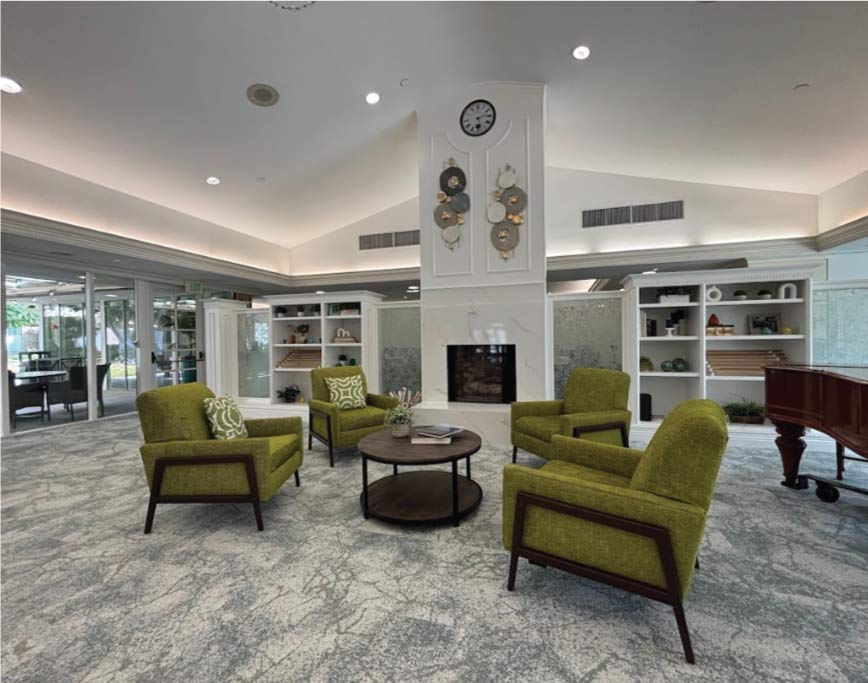
Physical and Safety Indicators
A decline in physical health or a rise in household hazards are often the first, most visible signs that it’s time for assisted living.
1. Difficulty with Activities of Daily Living (ADLs)
Is your loved one struggling with fundamental personal tasks? Daily activities such as bathing, dressing, grooming, or using the restroom may become too difficult or risky to perform alone. Assisted living offers help with these ADLs while still promoting maximum self-reliance.
2. Frequent Falls or Mobility Issues
An increase in unexplained bruises, near-falls, or a fear of walking is a major warning sign. Homes are not always designed for seniors with mobility challenges, but assisted living communities have features like grab bars and non-slip floors for a safer environment.
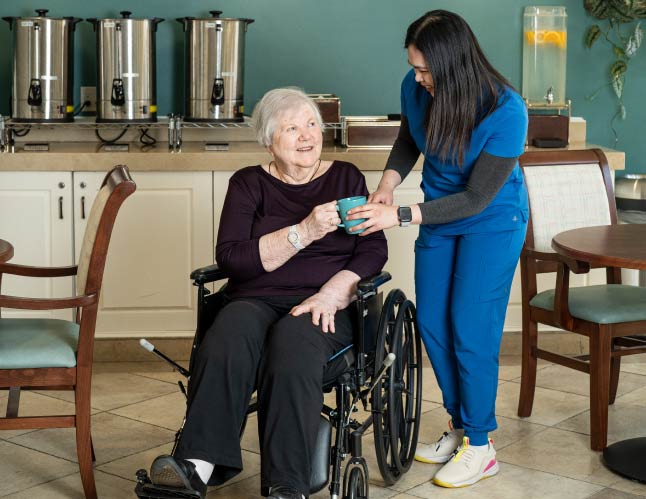
3. Decline in Personal Hygiene
Noticeable changes in personal care, such as wearing the same clothing or neglecting hair and oral care, can be an indicator. This can signal that the physical effort of bathing or grooming has become overwhelming. Consistent assistance can help restore dignity and prevent health issues.
4. Unexplained Weight Loss or Poor Nutrition
If you see a refrigerator stocked with expired food or a general lack of fresh groceries, poor nutrition may be a concern. Difficulty with grocery shopping and meal preparation often leads to an inadequate diet and weight loss. Assisted living provides balanced, restaurant-style meals.
5. Medication Mismanagement
Forgetting to take crucial medications or accidentally doubling a dose poses a serious health risk. Many seniors take multiple prescriptions, making management complex and challenging. Assisted living staff often coordinate and monitor medication schedules to prevent errors.
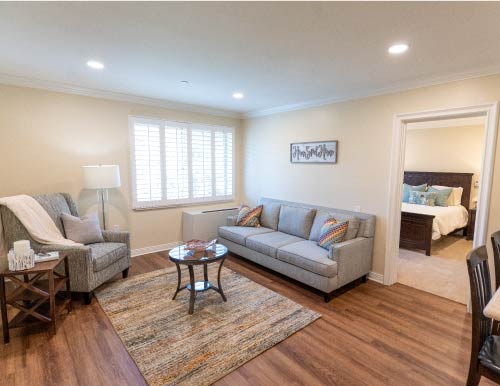
Home Environment and Maintenance Concerns
A loved one’s living space often reflects their changing capacity to manage their daily life and responsibilities.
6. Neglected Home Maintenance
A house that was once well-kept but is now in disrepair—such as piles of mail, broken appliances, or overgrown yards—suggests that homeownership has become too burdensome. Moving to a community means freedom from chores, maintenance, and the worry of unexpected home repairs.
7. Safety Hazards in the Home
Safety is paramount, and an assisted living community is intentionally designed to minimize risk. Clutter, poor lighting, or difficulty using stairs at home may signal that the current living situation is no longer safe.
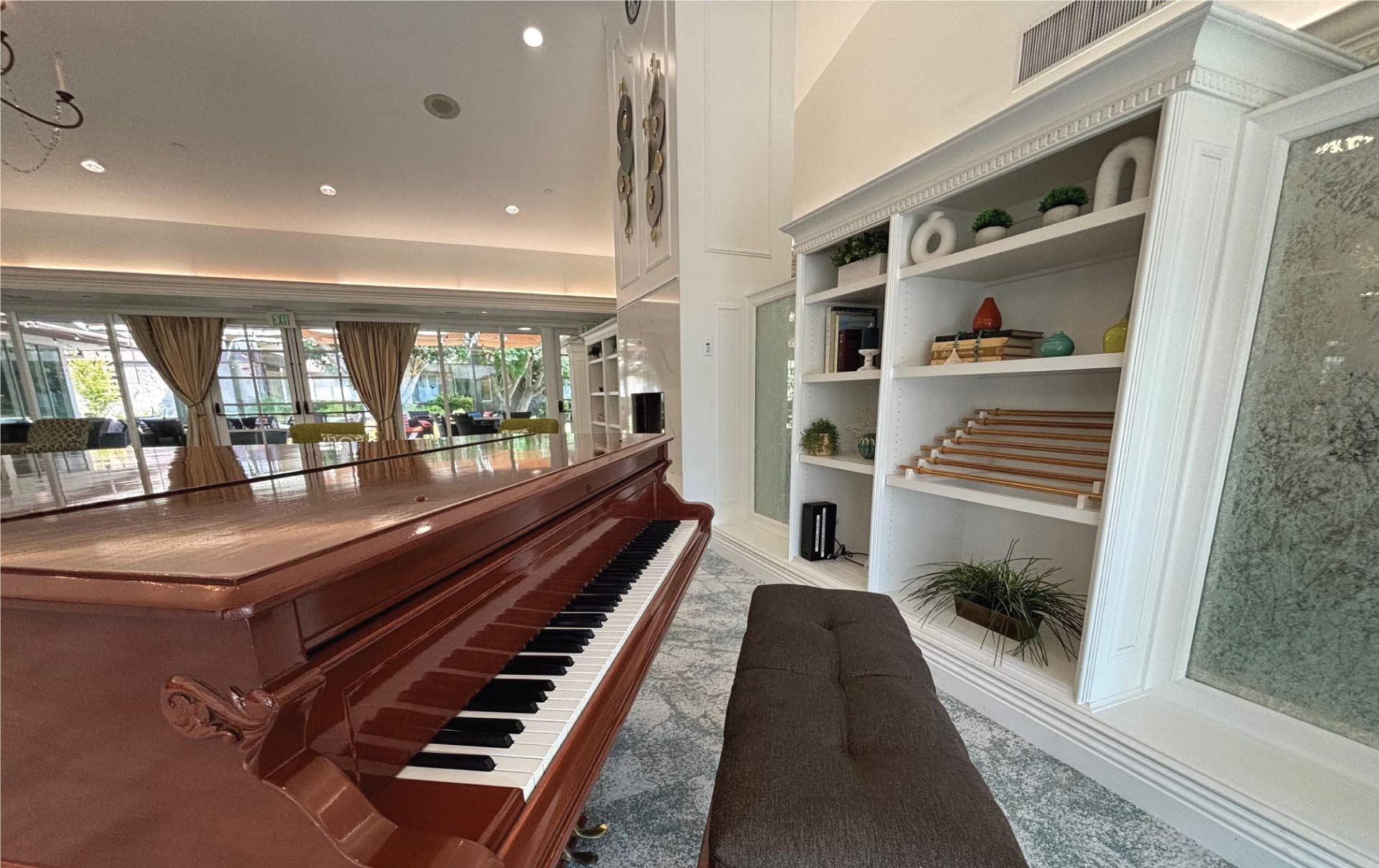
Cognitive and Emotional Indicators
A shift in a senior’s mental health, cognitive ability, or social life can be one of the most critical signs it’s time for assisted living.
8. Increased Isolation and Loneliness
If friends have moved or passed away, or if driving is no longer an option, seniors can experience profound social isolation. Chronic loneliness is linked to higher rates of depression and cognitive decline. Assisted living communities offer vibrant daily social activities and built-in companionship.
9. Memory Lapses and Confusion
Increased confusion, difficulty managing finances, or repeating stories can signal cognitive changes. While assisted living is not memory care, staff can provide the necessary structure and reminders to help manage daily routines.
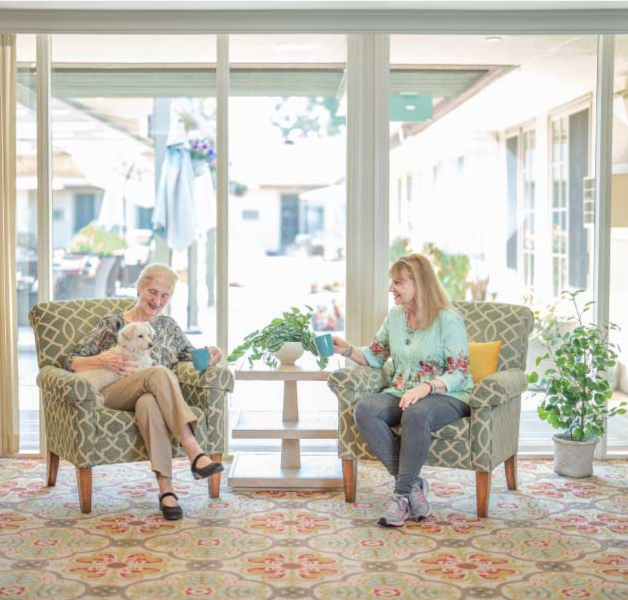
10. Loss of Interest in Hobbies
A sudden and lasting loss of interest in favorite hobbies, social clubs, or activities can be a sign of depression or declining health. An engaging community offers a wide range of activities to stimulate the mind and reignite a sense of purpose and joy.
11. Caregiver Stress and Burnout
Perhaps the final and most important of the signs it’s time for assisted living relates to the family caregiver. If the primary caregiver is overwhelmed, exhausted, or experiencing severe stress, it is time to transition from full-time caregiving to a supportive family role.

Why Choose Ararat Gardens?
For families in the Glendale area, Ararat Gardens offers a boutique-style luxury living environment that is designed to accommodate higher levels of care compared to many local competitors. Our mission is to provide high-quality care, with dignity and compassion, in a tranquil, home-like environment.
We offer a continuum of care, including Assisted Living, Independent Living, and Skilled Nursing, ensuring your loved one can access the support they need as their needs evolve.
FAQ’s
How does assisted living differ from a skilled nursing facility or independent living?
Assisted living communities are designed for seniors who need help with daily personal care tasks like dressing or bathing, while maintaining as much independence as possible. Independent living is for seniors who can live entirely on their own. A skilled nursing facility, like the services offered at Ararat Gardens, is for those who need 24-hour medical care, short-term rehabilitation, or complex health monitoring.
At what point should a family seriously start looking at assisted living options?
Families should start exploring options when a senior begins to struggle with basic safety, personal hygiene, or medication management. A key indicator is when social isolation starts to impact well-being, or when falls and accidents become a concern.
Is assisted living paid for by Medicare or other forms of insurance?
Generally, most assisted living communities are paid for through Private Pay arrangements. While some long-term care insurance policies may cover a portion of the costs, services like those at Ararat Gardens are typically 100% private pay for the Assisted Living and Independent Living residences.
What is the biggest benefit of moving to an assisted living community?
The biggest benefit is the combination of enhanced safety and social connection. The community provides staff available 24/7 for emergencies, along with daily social activities and restaurant-style dining, which dramatically reduces loneliness and anxiety.
What is a common challenge for seniors in the transition to assisted living?
A common challenge is the initial feeling of losing control or independence. Reputable communities focus on person-centered care to ensure residents retain as much choice and autonomy over their daily life as possible.
